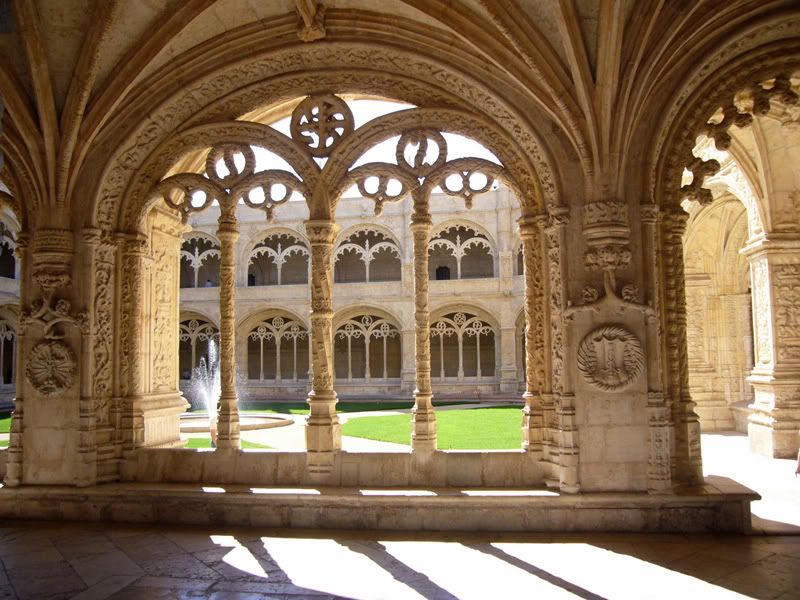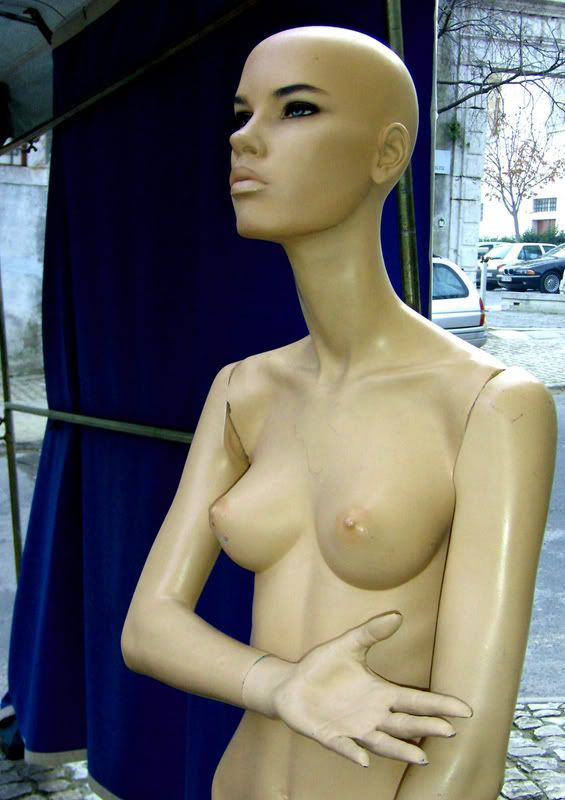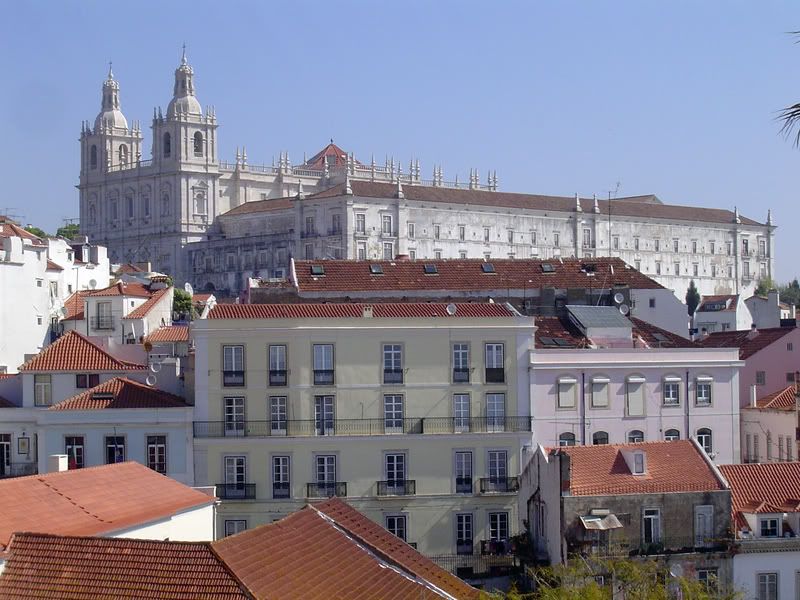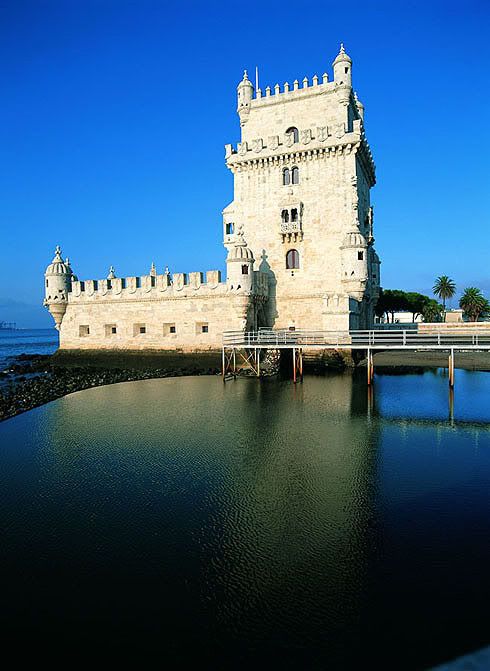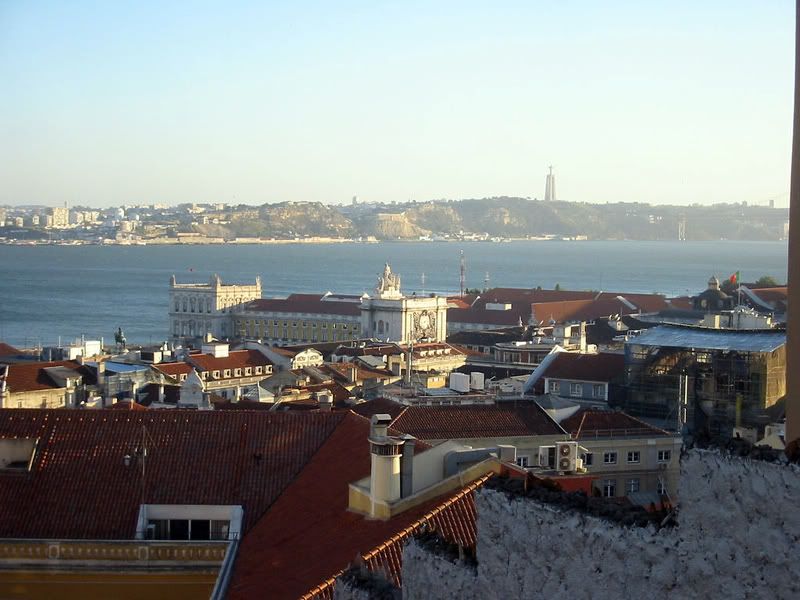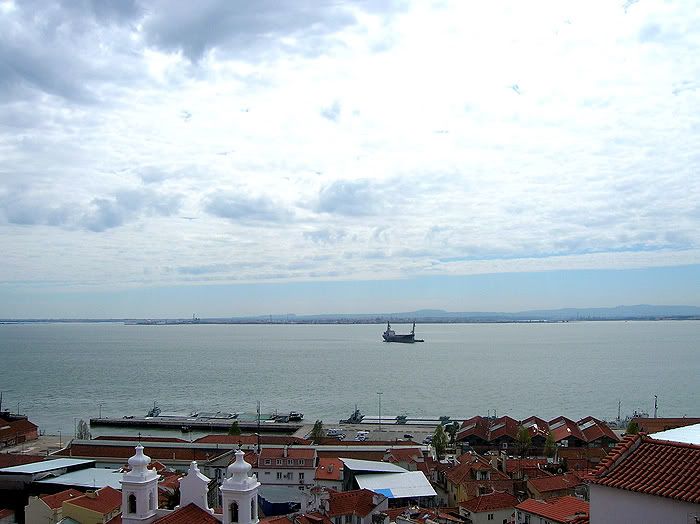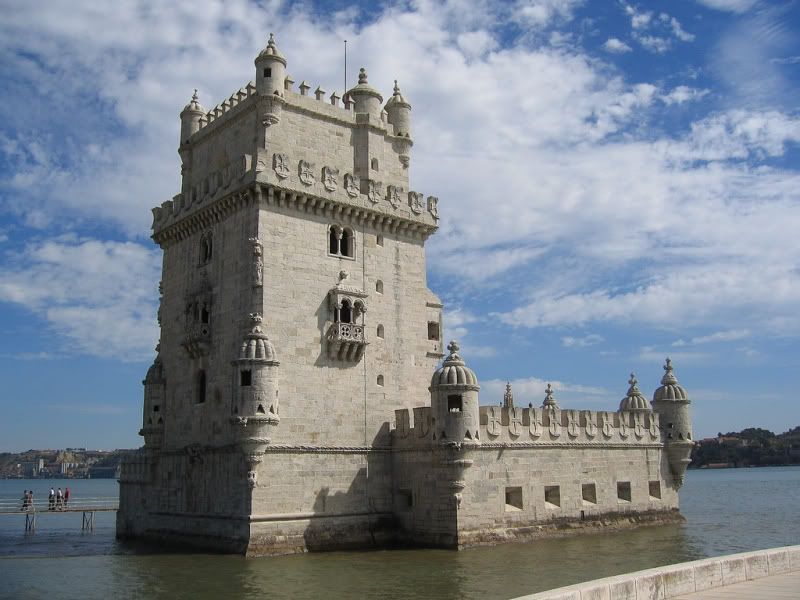 Belém is linked to Portugal’s Golden Age of Discoveries as the site where the famous navigators set sail to discover the world. Today it is a spacious green suburb with many gardens, parks and monuments that are well worth a visit. Amongst Belém’s attractions are the Jerónimos Monastery, the Monument to the Discoveries, the Torre de Belém, the Belém Cultural Centre and Rua Vieira Portuense.
Belém is linked to Portugal’s Golden Age of Discoveries as the site where the famous navigators set sail to discover the world. Today it is a spacious green suburb with many gardens, parks and monuments that are well worth a visit. Amongst Belém’s attractions are the Jerónimos Monastery, the Monument to the Discoveries, the Torre de Belém, the Belém Cultural Centre and Rua Vieira Portuense.Photo: Bernt Rostad
